Coronavirus: hopeful signs but caution advised
Medical experts are warning against complacency or celebration, despite Australia appearing to make inroads into slowing the virus spread.
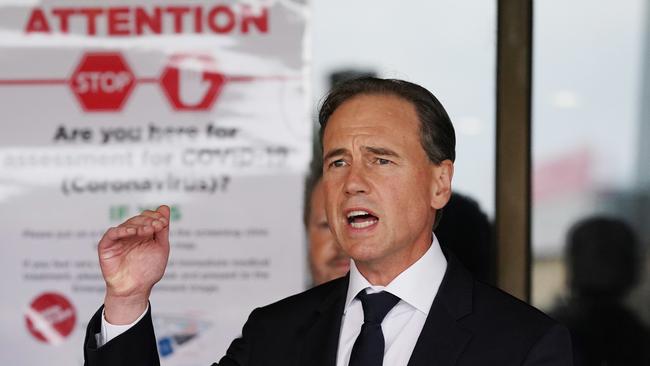
Medical experts are warning against any complacency or celebration, despite Australia appearing to make deep inroads into slowing the spread of coronavirus.
Data released by the Department of Health on Friday night showed the daily growth rate had continued to fall into single digits, down from almost 30 per cent just two weeks ago.
Health Minister Greg Hunt said while the rate could still spike, there was cause for “early hope”.
“The signs of a first possible flattening are beginning to consolidate,” he said.
“There is still a marathon ahead of us, not a sprint. But the combination of tight border control, the most comprehensive testing regime in the world, contact tracing and social-distancing measures are helping protect Australians.”
The sharp fall in rates follows widespread shutdowns across the country, tough restrictions on gatherings and a near-total end to international and interstate travel.
But doctors said the relatively low levels of testing in the broader community meant infection rates could again accelerate if strict isolation rules were not followed.
Testing for the virus has until recently been largely limited to those who have travelled overseas or been in direct contact with a confirmed case, meaning there is ongoing uncertainty over the level of community spread.
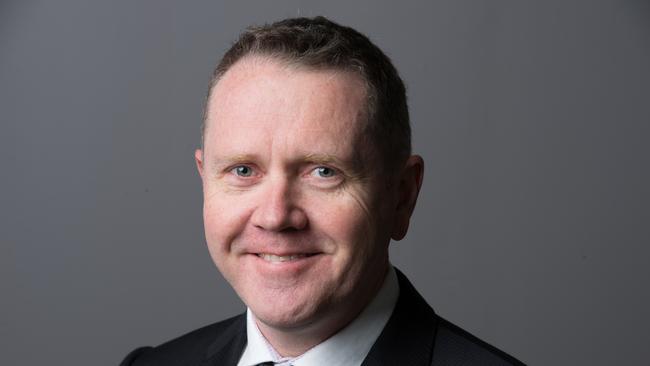
State and federal governments have consistently touted the rate of testing in Australia as just below that of South Korea, which has emerged as one of the most successful countries in tackling the outbreak.
But Andrew Miller, president of the WA branch of the Australian Medical Association, said cultural and behavioural differences between Australia and South Korea meant Australia needed to carry out much higher relative levels of testing. South Koreans were accustomed to tackling virus outbreaks, he said, and were more likely to comply with regulations to stop the spread.
“We know Aussies don’t follow the rules, they don’t think they apply to them,” he said.
“It’s unimaginable that we have a reasonable number of people who have come home from holidays in Bali and elsewhere who are not taking this seriously enough. They were all at the pubs eight days ago completely unconcerned about it, and that’s a prevalent attitude among younger people.”
Any talk of lifting restrictions or coming out the other side of the pandemic were way too premature, he said, warning any complacency could prove particularly dangerous in the months ahead.
“We haven’t even started yet, this battle that’s coming,” Dr Miller said.
“There is a big problem with the way the numbers are being interpreted, they are choosing the numbers they like the look of to think this virus will behave differently here to everywhere else.”
Tom Kompas, a professor of biosecurity and environmental economics at the University of Melbourne, said the rate of new infections had dropped dramatically. “Although it is still too early to tell for sure … it looks very promising,” he said.
“It does look as if voluntary and enforced physical distancing is having an effect.
“There are many caveats in place, however; how many people you test, and there are those that are or may be infected but are more mildly symptomatic that don’t get tested — hopefully just staying at home.
“There are all sorts of issues with the data, but on my read of the data it looks promising.”
But Adam Kamradt-Scott, an associate professor at the University of Sydney, said there was a danger the population might become complacent given the early positive trend.

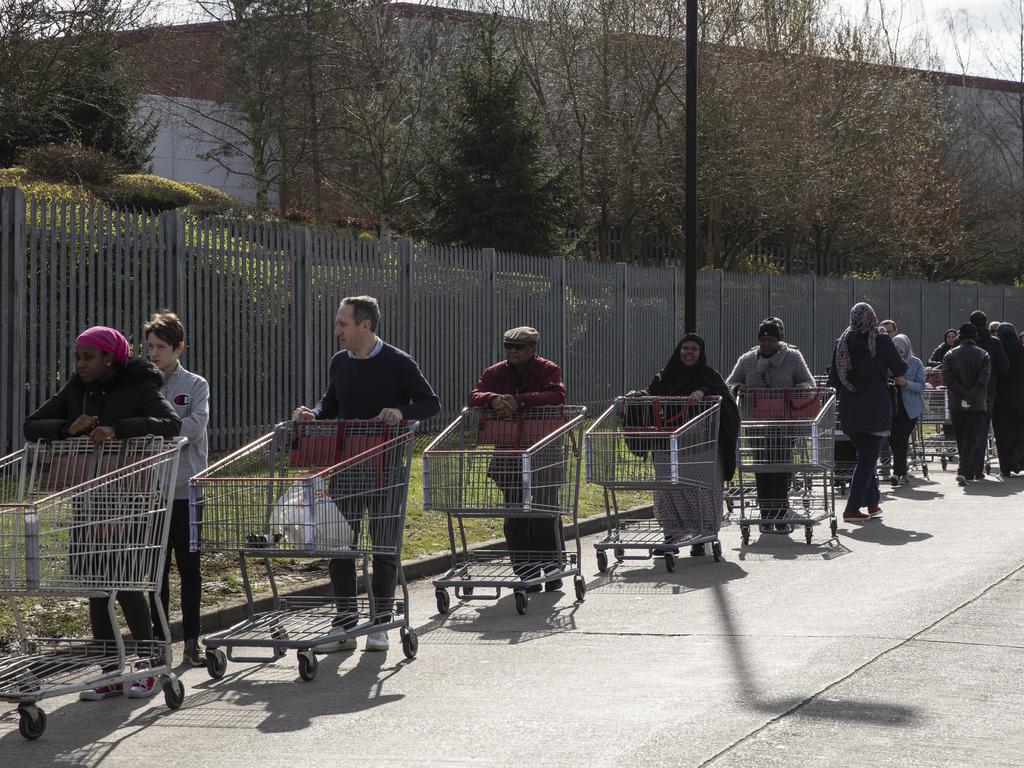
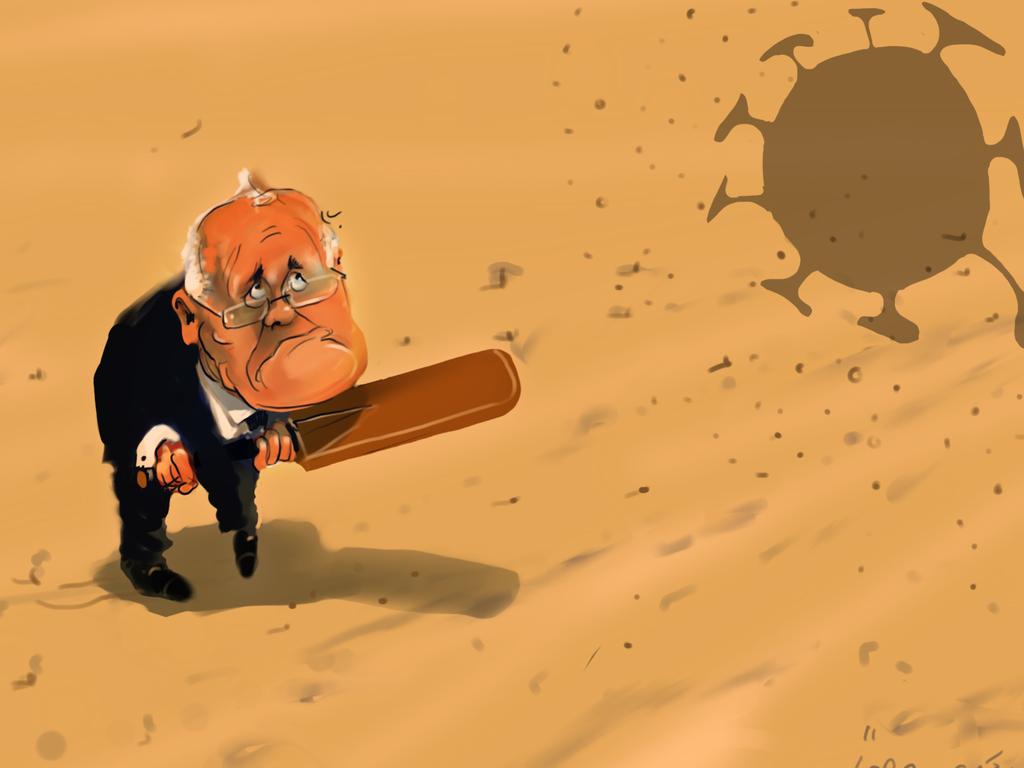
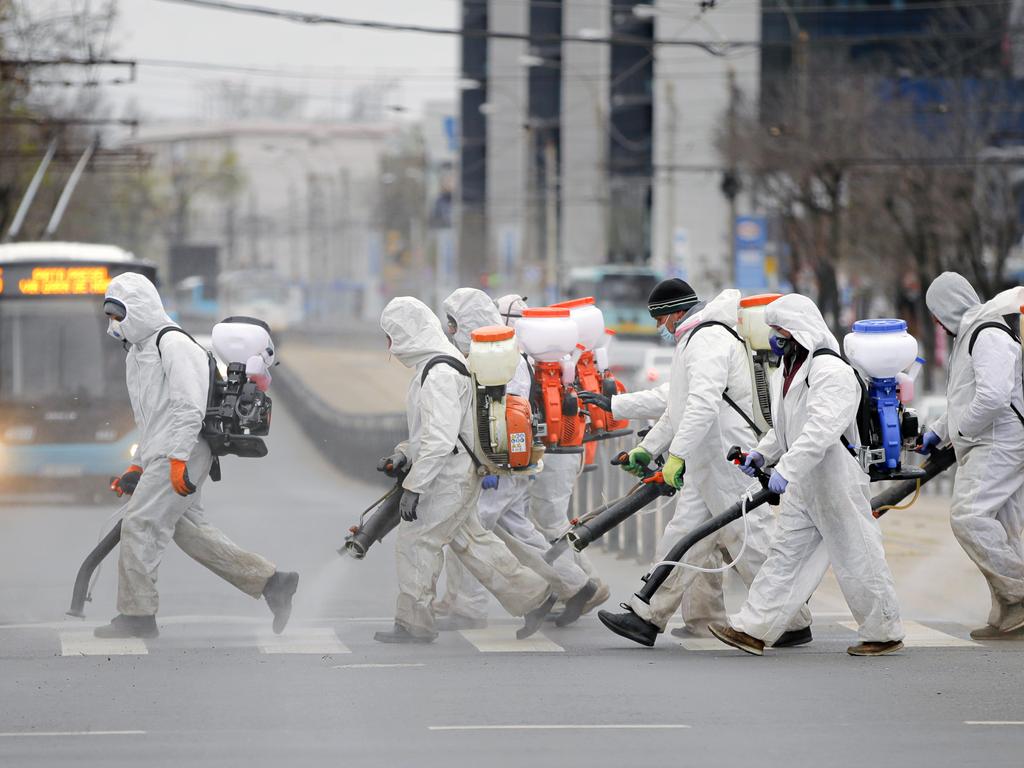



To join the conversation, please log in. Don't have an account? Register
Join the conversation, you are commenting as Logout